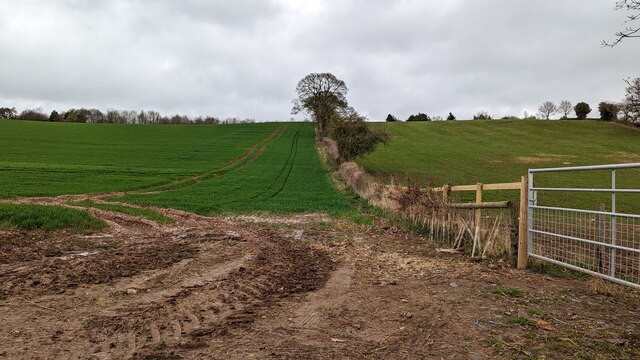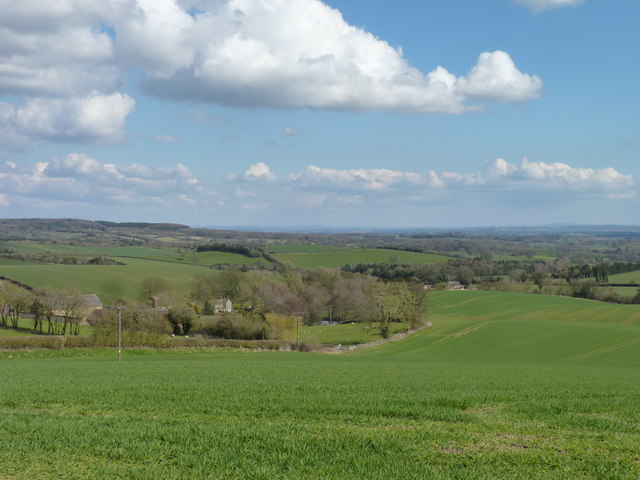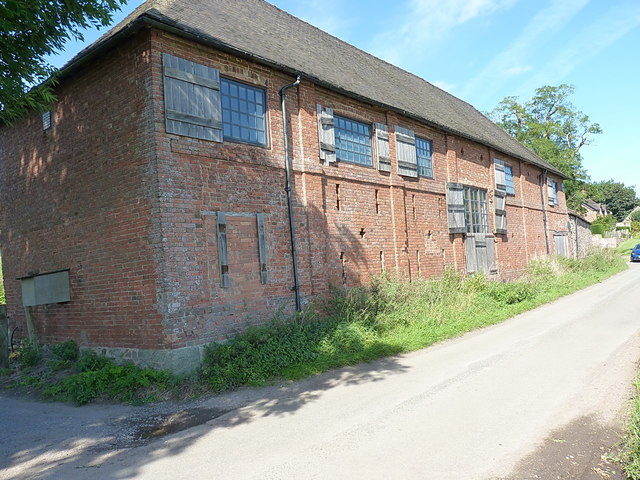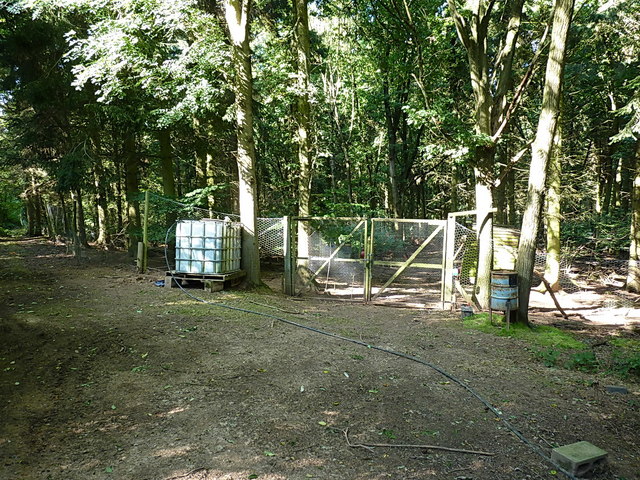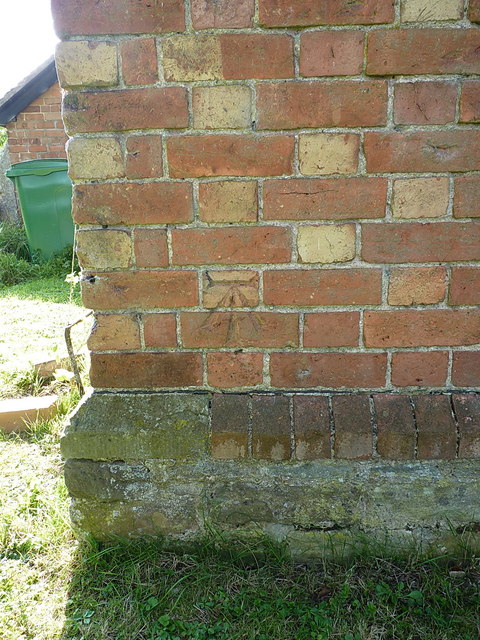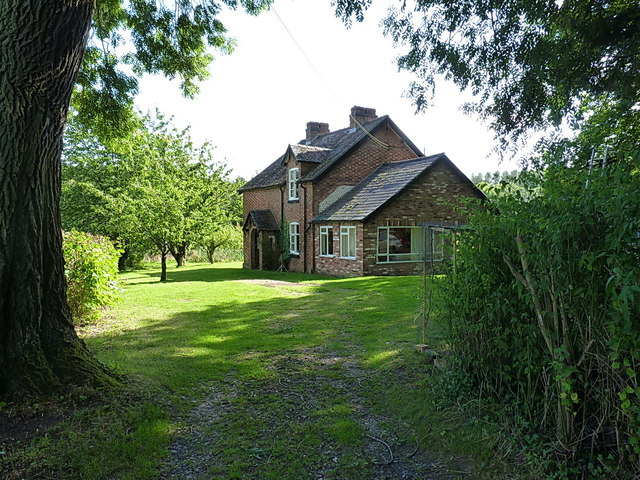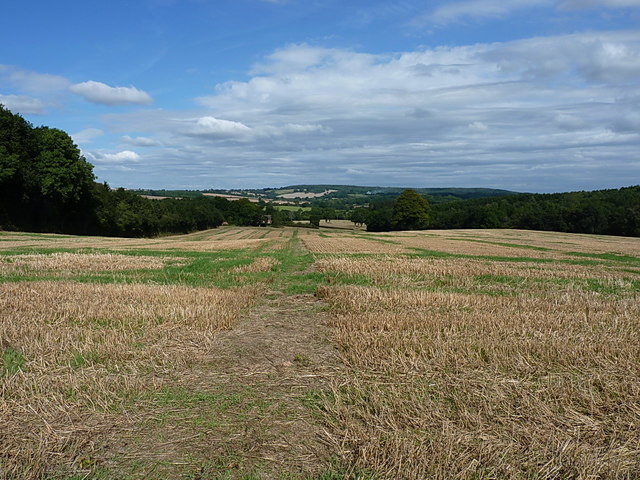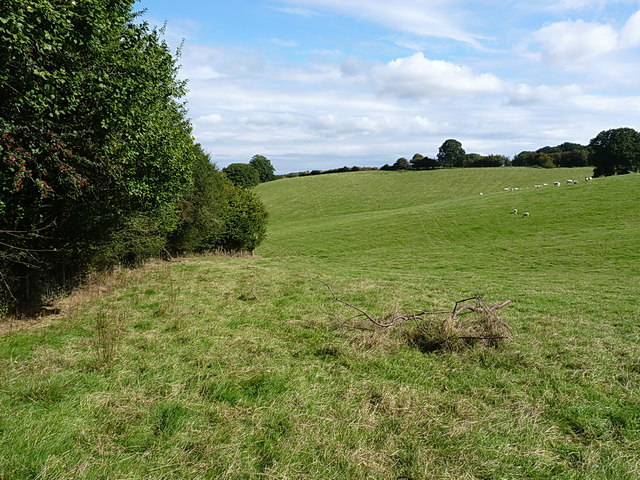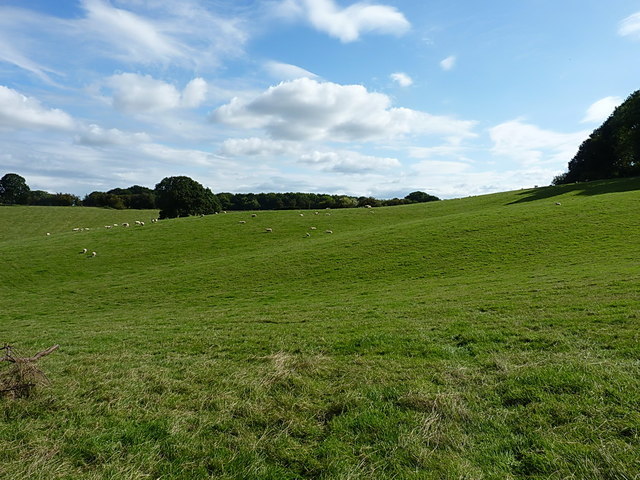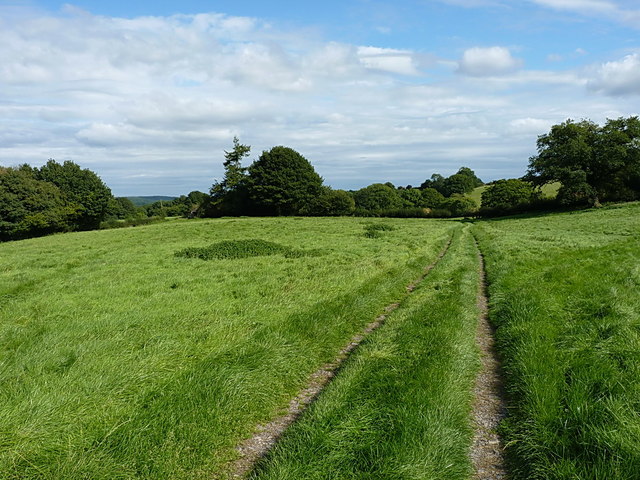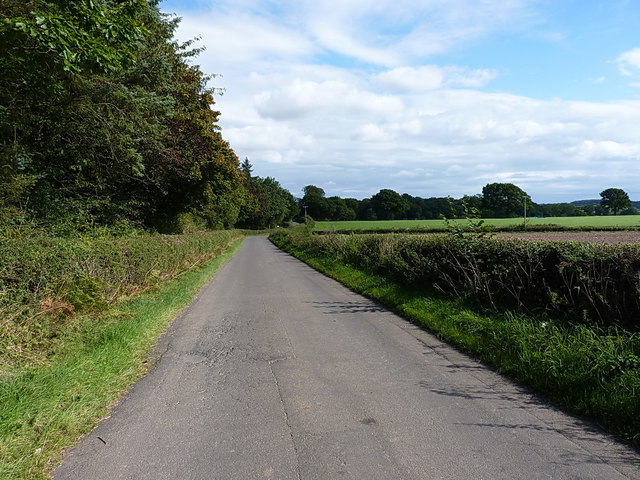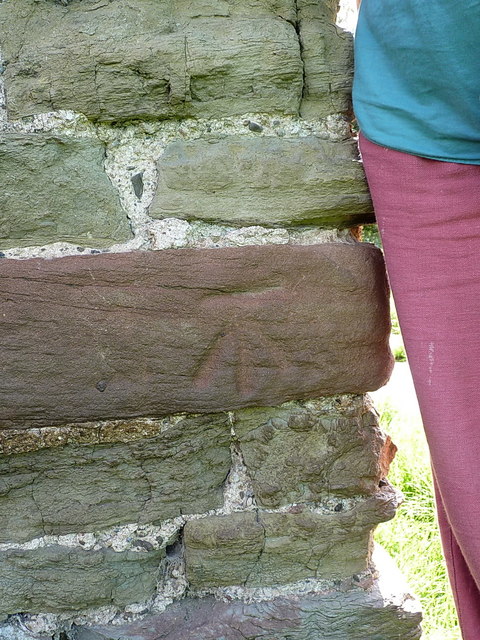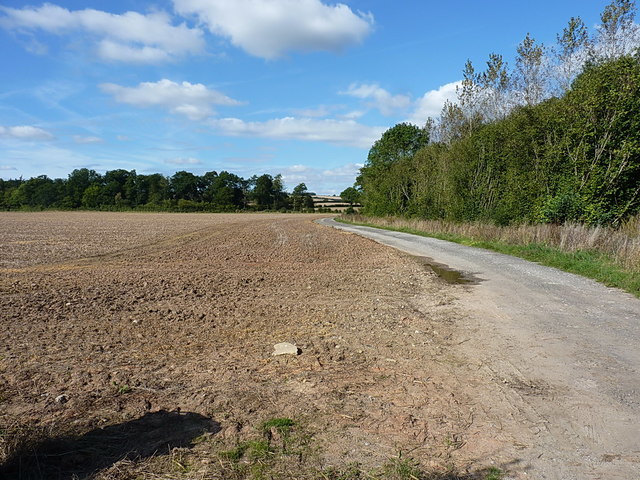Horseshoe Wood
Wood, Forest in Shropshire
England
Horseshoe Wood

Horseshoe Wood is a picturesque forest located in Shropshire, England. Spanning over an area of approximately 100 hectares, it is a popular destination for nature enthusiasts, hikers, and photographers alike. The wood is situated in a scenic valley, surrounded by rolling hills and meandering streams, adding to its charm and tranquility.
The forest is predominantly comprised of broadleaf trees, including oak, beech, and ash, which create a dense canopy providing shade and shelter to a diverse range of wildlife. Visitors to Horseshoe Wood can expect to encounter an array of bird species, such as woodpeckers, owls, and thrushes, as well as small mammals like rabbits, foxes, and bats.
A network of well-maintained trails meanders through the wood, allowing visitors to explore its beauty at their own pace. These paths offer a chance to immerse oneself in the natural surroundings, with opportunities to spot wildflowers, ferns, and mosses that thrive in the forest's understory.
Horseshoe Wood is not only a haven for nature enthusiasts but also serves as an important conservation area. Efforts have been made to protect and preserve the woodland's unique ecosystem, with ongoing management practices aimed at maintaining its biodiversity and promoting sustainable growth.
Overall, Horseshoe Wood in Shropshire offers a delightful escape from the hustle and bustle of daily life. Its enchanting scenery, abundant wildlife, and well-kept trails make it an ideal destination for those seeking a peaceful retreat immersed in nature.
If you have any feedback on the listing, please let us know in the comments section below.
Horseshoe Wood Images
Images are sourced within 2km of 52.560666/-2.5645128 or Grid Reference SO6196. Thanks to Geograph Open Source API. All images are credited.

Horseshoe Wood is located at Grid Ref: SO6196 (Lat: 52.560666, Lng: -2.5645128)
Unitary Authority: Shropshire
Police Authority: West Mercia
What 3 Words
///arrived.preparing.tunes. Near Much Wenlock, Shropshire
Nearby Locations
Related Wikis
Acton Round
Acton Round is a village and civil parish in the English county of Shropshire. Acton Round was recorded in the Domesday Book as Achetune. The civil parish...
Bourton, Shropshire
Bourton is a small village in Shropshire, England, 3 miles (5 km) southwest of Much Wenlock. It is part of the civil parish of Much Wenlock. Holy Trinity...
Atterley
Atterley is a village in Shropshire, England.
Westwood Halt railway station
Westwood Halt railway station was a station in Stretton Westwood, Shropshire, England. The station was opened on 7 December 1935 and closed to passengers...
Monkhopton
Monkhopton is a village and civil parish in Shropshire, England. It is 6.5 miles south of Much Wenlock. There is an Anglican church: Its co-ordinates are...
Stretton Westwood
Stretton Westwood is a hamlet in Shropshire, England. It is located in the parish of Much Wenlock and is two miles southwest of the town, on the B4371...
Presthope railway station
Presthope railway station was a station to the east of Hughley, Shropshire, England. The station was opened in 1867 and closed in 1951. == References... ==
Patton (hundred)
Patton was a hundred of Shropshire, England. Formed during Anglo-Saxon England, it encompassed manors in eastern central Shropshire, and was amalgamated...
Nearby Amenities
Located within 500m of 52.560666,-2.5645128Have you been to Horseshoe Wood?
Leave your review of Horseshoe Wood below (or comments, questions and feedback).
